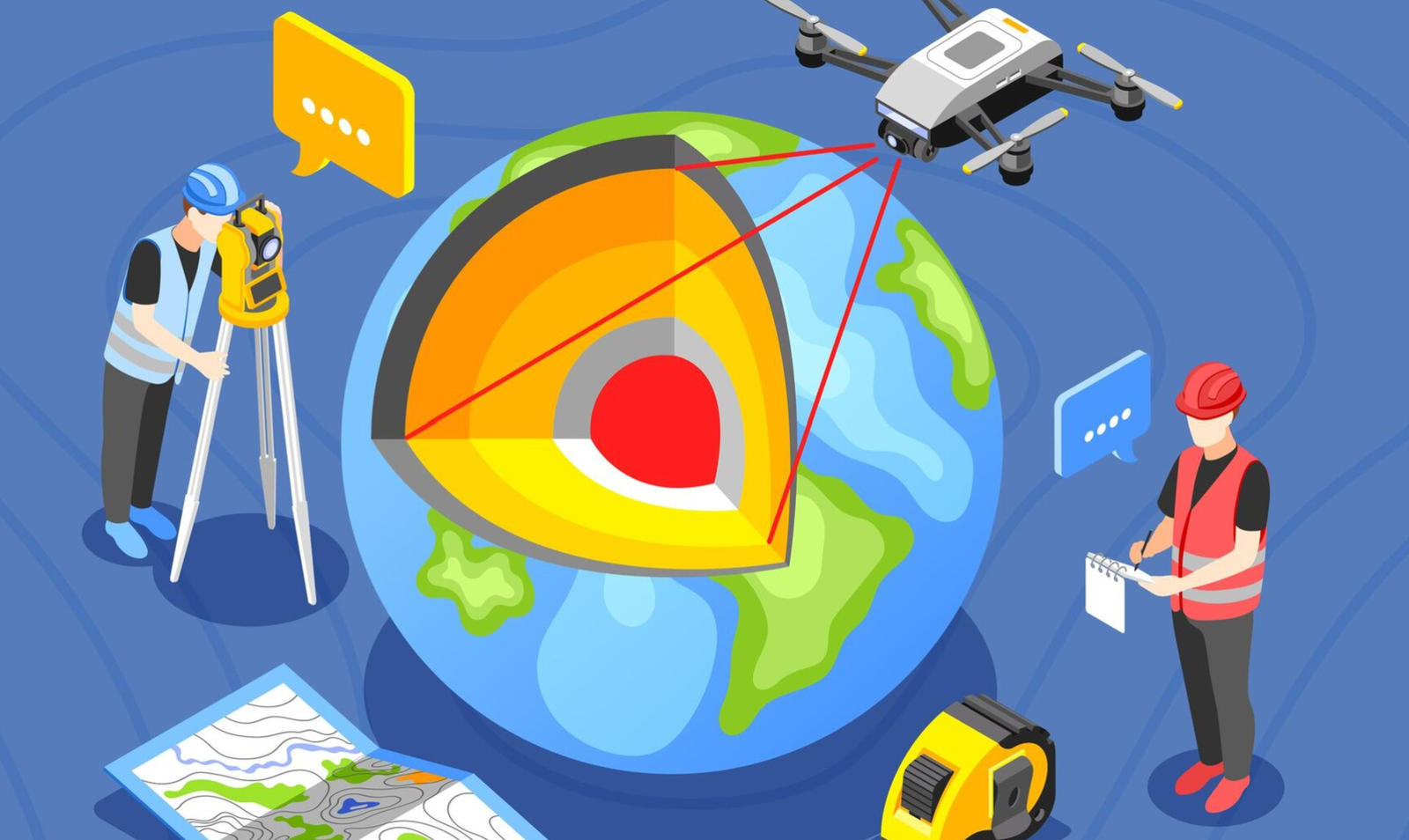Understanding Virtualized Ground Systems
The evolution of satellite technology demands equally innovative approaches to ground system architecture. As missions grow in complexity and scope, the need for scalable, software-driven solutions becomes increasingly critical.
Virtualized ground systems signify a groundbreaking shift in satellite operation management, transforming towards highly efficient and adaptable networks. These systems offer significant resource optimization by adopting a cloud-based infrastructure for satellite mission control. This allows various satellite operations to coexist seamlessly on a shared digital platform. The result is a dramatically reduced requirement for extensive physical hardware, facilitating operations with greater agility and flexibility, even as they encounter increasingly complex scenarios.
These virtualized environments provide satellite missions with unprecedented efficiency. Tasks and resources traditionally needed dedicated hardware can now be managed within virtual spaces, streamlining processes and reallocating resources efficiently. This transformation transcends mere cost savings, making vital contributions to enhancing operational capability and offering robust solutions to the complex challenges faced by the aerospace industry today. For stakeholders, keeping abreast of these changes is essential to leverage the full potential of this technological advancement.
Key Advantages of Virtualization
Enhanced Flexibility and Scalability
Virtualization heralds a new era of flexibility and scalability in satellite mission management, allowing systems to adjust seamlessly to rapidly changing mission profiles. This adaptability eliminates the need for extensive alterations to physical infrastructure, ensuring that operations can be scaled up or down according to current demands. This capability enables organizations to effectively respond to the dynamic needs of modern mission planning and execution, ensuring that resources are utilized optimally and efficiently.
Cost Reductions
The financial benefits of virtualization are considerable, as the shift away from physical hardware leads to significant cost savings. By reducing the need for costly hardware expenditures and ongoing maintenance, virtualized systems lower overheads, allowing aerospace entities to allocate funds towards other critical areas of innovation. This enhanced economic efficiency is not an isolated phenomenon; successful implementations have leveraged these advantages to build more resilient and capable mission architectures.
The Technological Future of Ground Systems
The technological horizon for ground systems is brimming with potential, largely driven by the incorporation of cutting-edge technologies such as edge computing and sophisticated data analytics. These technologies are poised to redefine satellite systems’ processing power and real-time operational capabilities. Cloud-based solutions are pivotal, dramatically enhancing data processing and storage capabilities to handle the vast volumes of data output from satellites efficiently and effectively. Such innovations promise improved efficiency and the introduction of more multipurpose, flexible, and dynamic operational frameworks.
Edge computing, in particular, is gaining traction as it enables data processing closer to the source, significantly reducing latency and bolstering real-time data processing and analysis capabilities. This is particularly valuable for mission-critical operations that require instant feedback and adjustments. Adopting these technological breakthroughs sets the stage for a new era of telemetry, tracking, and control systems that are more adaptive, precise, and efficient than ever before.
Tackling Challenges in Virtualization
Despite the numerous benefits, virtualizing ground systems also presents its own set of challenges. Maintaining robust security is paramount, particularly given the sensitive nature of the data and operations managed within these virtualized environments. Protecting against cyber threats is crucial to safeguard critical information and ensure operational continuity. It requires investment in advanced cybersecurity measures, including enhanced encryption protocols and sophisticated threat detection systems.
Moreover, ensuring consistent system performance and overcoming inherent technical limitations demands continuous innovation and strategic investment in R&D.
Lessons from Successful Implementations
Several case studies highlight the impactful application of virtualized ground systems, offering valuable lessons for the aerospace industry. Leading organizations have significantly reduced operational costs while enhancing mission flexibility through virtualization. By studying these examples, industry professionals can glean insights into effective implementation strategies, ensuring smoother transitions and more impactful results.
These successes underscore the importance of interdisciplinary collaboration and forward-thinking planning in implementing virtualization technologies. By learning from these case studies, other organizations can effectively harness this technology in their operations, ultimately enhancing their capabilities and ensuring they remain competitive within the rapidly evolving aerospace sector.
Its Impact on Industry Stakeholders
The ripple effects of virtualized ground systems are profound, reaching the breadth of the aerospace industry and affecting manufacturers, operators, and end-users alike. These innovations offer manufacturers opportunities to reduce production costs and enhance product offerings. Operators benefit from streamlined processes and more effective resource management, allowing them to focus on innovation and service delivery efficiencies.
End-users, too, derive significant benefits from these advancements, as streamlined processes lead to more reliable service delivery, enhanced customer experiences, and ultimately, greater satisfaction. By adopting a forward-thinking approach to virtualization, stakeholders can harness these systems to their full potential, ensuring they remain agile and dynamic in a rapidly evolving technological landscape.
Conclusion: The Way Ahead
The integration of virtualized ground systems marks a pivotal advancement in aerospace operations. As the industry evolves, these technologies promise enhanced operational efficiency, economic sustainability, and continued growth. Stakeholders must understand these systems and remain informed about ongoing technological developments.
By embracing the potential of virtualized environments, organizations can enhance their operational capacity and position themselves at the forefront of aerospace innovation. This forward-looking approach will enable them to navigate future challenges effectively and seize new opportunities for exploration and achievement. Virtualized ground systems are set to pave the way for an exciting new era of aerospace exploration, where innovation knows no bounds.







